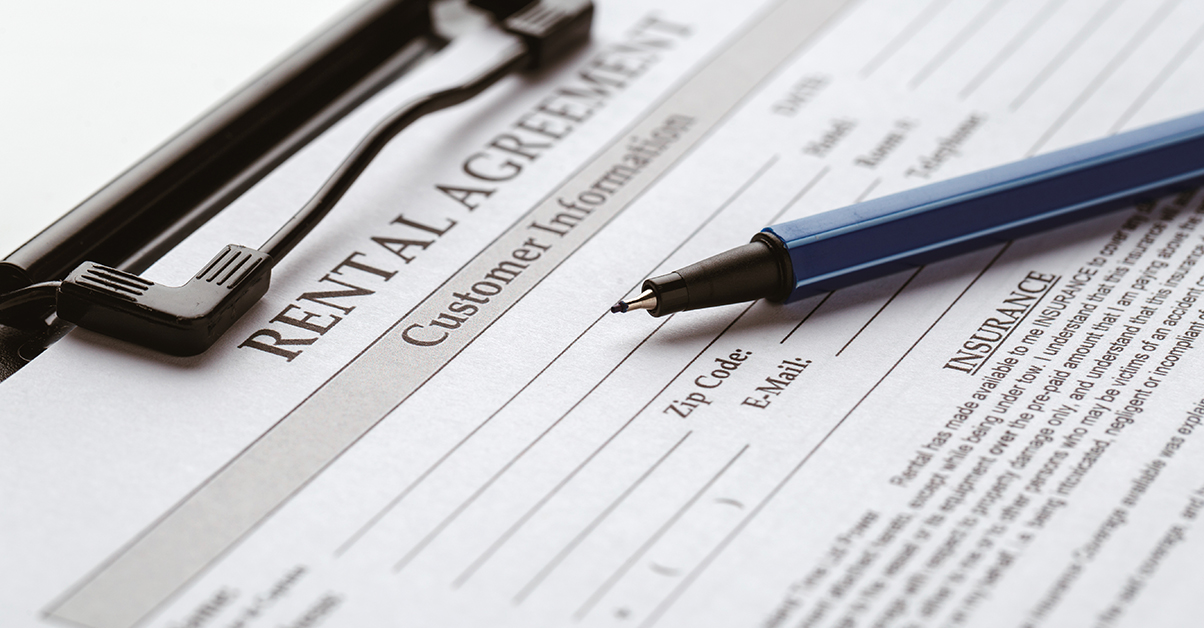
Every landlord’s goal is the same: it’s to stay within the competitive market rate while preventing high turnover of renters. Managing an investment rental property doesn’t stop at doing inspections and collecting rent. It’s the agents and your responsibility to ensure your investment property is receiving it’s utmost rental return possible to cover any and all expenses you may be incurring such as:
- Property taxes
- Utility costs and property maintenance fees
- Insurance premiums
- Property management fee
- Mortgage repayments
One of the best practices in property management is reviewing the rental rate. Rental rate increases can be done annually providing the tenant is not in a fixed rate lease agreement. Reviewing your rate doesn’t necessarily mean that you should increase rental fees as often. It’s just a good practice to make sure that your collection still covers your expenses and of course, brings you profit. By bumping the expenses against the rental collection, you would know if your rental fee increase is in order. If your agent tells you that it’s high time to increase rent, do the following:

Conduct market research on your neighbourhood
To make sure that you are still within the market’s range, look at rental advertisements with similar amenities and pay more attention to the data of properties which have been leased opposed to those which are currently for lease (only a Real Estate agent will have access to this). From your agent’s analysis and recommendation, compare and contrast your property and come up with a rate. If this exercise is repeated consistently over the course of a renter leasing the property they are more likely to stay instead of hitting them with a significant increase at once.

Notify renters of the increase.
Landlords are allowed to increase the rent for their property but they should adhere to the rules. One of the most important rules is proper documentation. To give the tenant enough preparation, the rental provider should inform the tenant of the rental increase in writing at least 60 days in advance.
How much can you increase rent by? Well, the amount is not set in stone. However, it is good practice to provide the breakdown or calculation that lead to the increase. There are a number of methods to do this, the following are examples:
- According to Consumer Price Index – Related to inflation and economy trends
- Statewide Rent Index – Calculated average rent prices in Victoria
- OR an increase in-line with comparable properties in the market.
However, it is noteworthy that rent changes are not allowed during a fixed term agreement unless it is stipulated in the signed contract.

Use the correct form.
We cannot further highlight how proper documentation is important in the rental increase process. Using the right forms are imperative to ensure that the landlord and tenants interests are both served. The following forms are used for rental increase notice:
A rental increase is null and void if none of the forms were authenticated and signed by both parties. Renters are expected only to pay the adjusted rental fee once they were notified of the changes and have signed the correct form.
- Notice of proposed rent increase to renter of rented premises
- Notice of proposed rent increase to resident of rooming house
- Notice of proposed rent/hiring charge increase to residents of caravan park
- Notice of site rent increase - fixed amount under site agreement
- Notice of proposed site rent increase – non-fixed amount

Consult with the current law.
Renters and landlords are protected by the law. Check in with the law to ensure that you are not infringing upon any other laws on tenancy.
Communicating rent increases will never be easy. You don’t want to lose long-term renters but you surely also don’t want to be behind on your finances. Including a rent increase clause in your contract can save you from the headache.
Other rental-related blogs:







